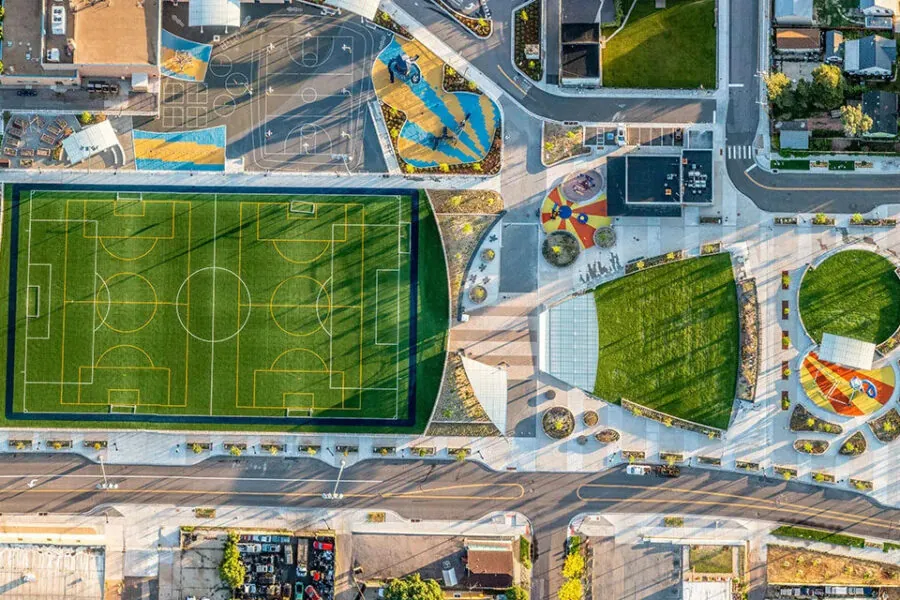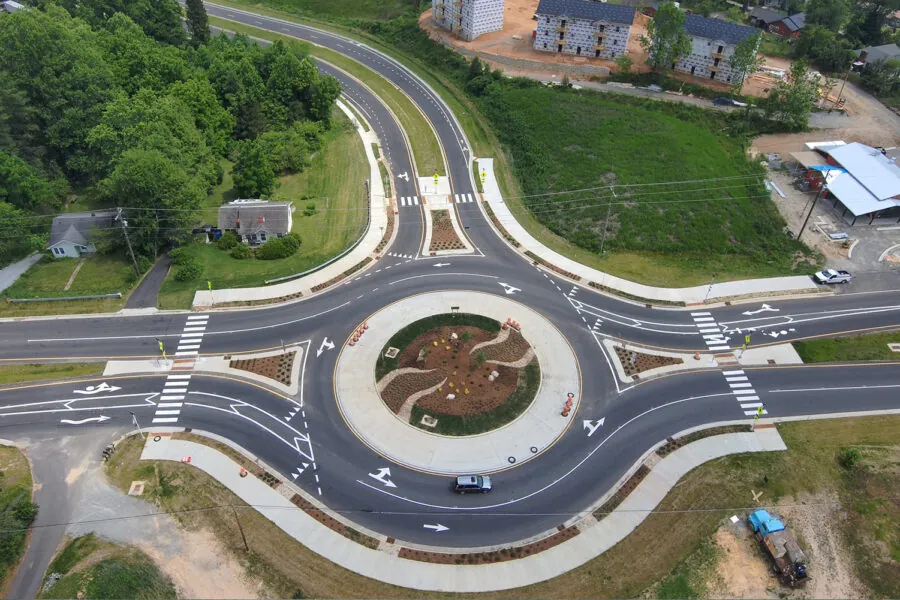The Benefits of Partnering for Design-Build Projects

A successful design-build project requires strong collaboration between the owner and design-builder, a team of architects, engineers, and builders. But each respective stakeholder has its own priorities, goals, and vision for the project, and these may not initially align with each other.
But there is a path to getting all parties on the same page before work progresses on a design-build project: partnering.
The Design-Build Institute of America (DBIA) points out in its best practices that partnering is an important aspect of delivering a successful design-build project. If the owner and design-builder begin with partnering, their project has more of a chance to be a success.
There are many benefits to partnering for owners and the design-builder. Three primary benefits include:
A Single Vision for Success
A partnering session allows the owner and design-build team to share their project aspirations and challenges to collectively craft a single team vision to achieve mutual success. Partnering session agendas and durations should be tailored appropriately to the size and complexity of the project.
To help make the most of a partnering session, consider hiring a professional facilitator. Effective facilitators bring people together and coach them on how to improve their communication skills with all the project stakeholders.
One of the primary outcomes of a partnering session is a Team Charter, which establishes mutual goals for the project and commitment from all stakeholders to strive in achieving them. At the conclusion of the session, the project stakeholders sign the Team Charter, which creates a road map the project can follow to success.
A Process to Resolve Disputes
Differences of opinion and disputes may still occur during a design-build project, even if a partnering session was held beforehand and a charter is in place.
To help resolve any disputes, a dispute-resolution plan can be established at the partnering session. At the first indication of a potential dispute, the plan is put into action, identifying who is assigned to resolve the dispute and the timeline to resolve it.
There is flexibility to what this plan may look like depending on the size of the organization – another benefit of having a professional facilitator on the team is that they can assist here. The goal should be for senior executive leadership and attorneys to never have to intervene, which inevitably adds more time to the project.
A Team Culture Based on Relationships
Email and text messages have made communication more efficient than ever; however, as an industry, we have become reliant on the “one way and delay” methodology of sharing information. What we have learned is the best-written messages are not as effective and timely as having a conversation.
By opting for communication via emails and texts, we are missing an opportunity to continue building professional relationships. But by going through a partnering session, the entire design-build team interacts with each other through simple exercises that can establish the foundation for healthy relationships to take root.
The chances for project success improve with early and thoughtful verbal communication, as there will be occasions when a stakeholder may need special assistance or a potential dispute is formulating. In this way, partnering should not be thought of as a single event, but rather a continuous affair that matures as the project moves through phases of design, construction, and post-occupancy – the gift that keeps on giving.
To that end, many of the professional relationships forged through the project lifecycle endure for many years long after with many realizing personal relationships as a permanent outcome.
Take the First Step
In closing, any kind of partnering is better than no partnering at all. If a formal partnering session is not in your budget, consider an informal session – such as getting everyone together for a working meal or social exchange, even if over a video conference. The agenda can include simple topics such as informally sharing project visions and previous challenges – and successes – with resolving disputes. Even the briefest of meetings spending dedicated time together will help develop interpersonal relationships among team members.
Consider having periodic partnering check-in calls or meetings, perhaps after each project milestone, to keep the lines of open and honest communication accessible and accountable. Build a partnering session to any degree possible into your next design-build project to explore the potential of its merits.
With partnering, your next design-build project may prove to be your best yet.




